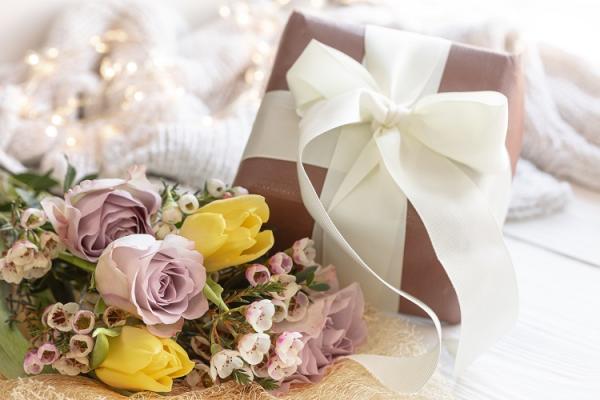 English
English ภาษาไทย
ภาษาไทย
Birthday Flower and their meanings
Birthday flowers are specific flowers associated with each month of the year. These flowers are often considered symbolic and are associated with the birth month in various cultures. Here is a list of birthday flowers and their meanings
January: Carnation or Snowdrop
- Carnations hold different meanings depending on their color, and they are often associated with love, fascination, and distinction. They are cherished for their fragrance, vibrant colors, and longevity.
- Snowdrops are small, bell-shaped flowers that typically have white petals with green markings on the inner surface. They grow on slender stems and usually appear in clusters. These flowers are known for their resilience and ability to bloom in cold weather, symbolizing hope, purity, consolation and the arrival of spring.
February: Violet or Primrose
- Violets are associated with modesty, faithfulness, and virtue. They are often seen as a representation of love and affection, making them popular choices for romantic gestures and expressions of sentiment.
- Primroses are often associated with youth, love, and devotion. They are considered symbols of purity and are frequently used to express feelings of affection and admiration. Primroses are also seen as harbingers of hope and are given as gifts to brighten someone's day or provide encouragement.
March: Daffodil or Jonquil
- Daffodils represent rebirth, new beginnings, and friendship. They are regarded as a sign of hope and resilience, as their vibrant blooms emerge even in challenging conditions.
- Jonquils are often associated with cheerfulness, joy, and friendship. They are regarded as symbols of renewal and are commonly given as gifts to express affection and goodwill.
April: Daisy or Sweet Pea
- Daisies are associated with purity, innocence, and simplicity. They are often seen as a representation of new beginnings and are considered a symbol of true love and loyal affection.
- Sweet peas are associated with blissful pleasure, delicate pleasure, and goodbye. They are often given as gifts to convey appreciation, express farewell sentiments, or simply to bring joy and happiness to someone's day.
May: Lily of the Valley or Hawthorn
- Lily are often associated with purity, beauty, and regal elegance. Lilies are frequently used in religious and spiritual ceremonies, where they symbolize divinity, renewal, and the transcendent nature of the soul.
- Hawthorn flowers symbolize hope, happiness, and fertility. They are often associated with spring and renewal
June: Rose or Honeysuckle
- Red roses symbolize love, romance, and passion. They are often associated with deep affection and are popular choices for expressing feelings of love and desire.
- Honeysuckles flowers are associated with sweetness, devotion, and affection. They are often seen as symbols of love and fidelity.
July: Larkspur or Water Lily
- Larkspurs flowers represent levity, lightness, and swiftness. They are often associated with positive energy and the celebration of joyous occasions.
- Water lilies are associated with purity, spirituality, and enlightenment. They are often seen as symbols of grace, tranquility, and inner peace.
August: Gladiolus or Poppy
- Gladiolus symbolizes strength of character, remembrance, and sincerity. They are often associated with courage, determination, and resilience. They can be given as gifts to inspire or uplift someone in challenging times or to convey admiration and respect.
- Poppies are associated with different meanings in various cultures. Some common interpretations include remembrance, beauty, and consolation.
September: Aster or Morning Glory
- Asters are associated with love, patience, and elegance. They are regarded as symbols of enchantment and delicate beauty
- Morning glories represent love, affection, and renewal. They are often seen as symbols of optimism, hope, and new beginnings.
October: Marigold or Cosmos
- Marigolds are often associated with joy, warmth, and positive energy.
- Cosmos flowers are associated with harmony, joy, and beauty. They are often seen as symbols of love, tranquility, and the pursuit of happiness.
November: Chrysanthemum
- Chrysanthemums carry different meanings across cultures. In many Asian countries, they are regarded as symbols of longevity, joy, and good luck. In Western cultures, chrysanthemums are often associated with remembrance, honor, and sympathy
December: Narcissus or Holly
- Narcissus symbolizes rebirth, prosperity, and good wishes.
- Holly represents fertility, protection, and eternal life.
Many flowers have symbolic meanings associated with them. Throughout history and across different cultures, flowers have been used to convey emotions, express sentiments, and communicate messages to the recipient. Please note that birth flowers may vary depending on different sources and cultural traditions.


